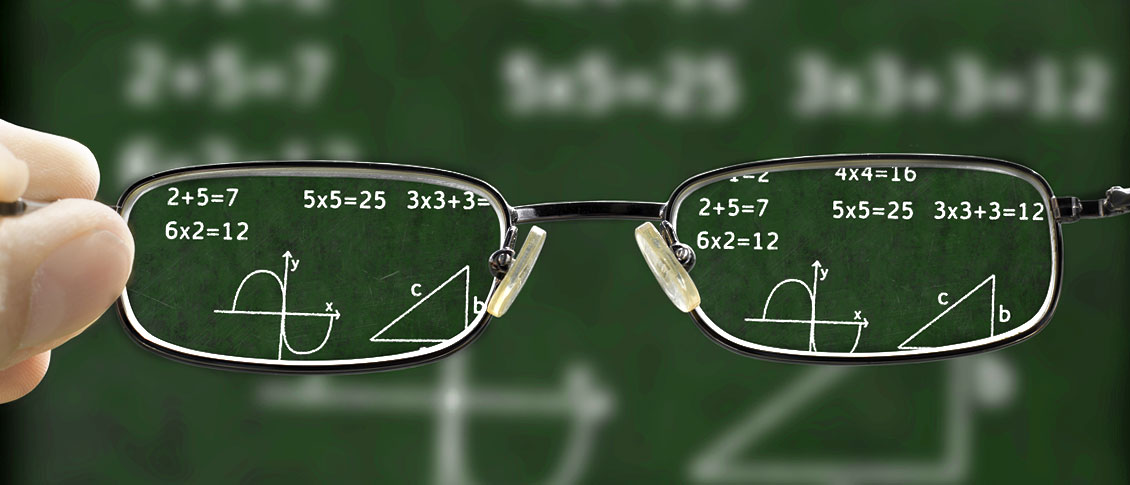Conveniently Located In Walmart
(Look for the burgundy awning!)
552 Emily Drive
Clarksburg, WV 26301
| Monday | 8:00 - 5:00 |
| Tuesday | 8:00 - 5:00 |
| Wednesday | 8:00 - 5:00 |
| Thursday | 8:00 - 5:00 |
| Friday | 8:00 - 1:00 |
| Saturday/Sunday | Closed |

I recently received a text from an out-of-state relative, asking if he should have his college-age daughter put in progressive lenses to help delay progression of her nearsightedness.
I told them that there wasn’t good evidence that doing that...
Read more: Is There Anything I Can do to Stop Getting More Nearsighted?

1. Vision is so important to humans that almost half of your brain’s capacity is dedicated to visual perception.
2. The most active muscles in your body are the muscles that move your eyes.
3. The surface tissue of your cornea (the...



